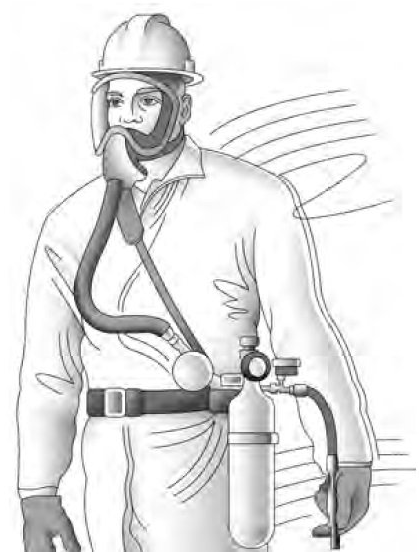What is Silica?
Silica is a naturally occurring mineral found in various forms, including quartz. It is a major component of engineered stone, which is commonly used for countertops and other surfaces in homes and businesses.
What is Silicosis?
Silicosis is a lung disease caused by inhaling fine particles of crystalline silica. Over time, these particles can cause inflammation and scarring in the lungs, leading to difficulty breathing and other serious health problems.
Who is at Risk?
People working in jobs involving the cutting, grinding, drilling, or polishing of engineered stone are at significant risk of silica exposure. Specific occupations at risk include:
· Engineered Stone Fabricators: Those who cut, shape, and polish engineered stone slabs.
· Countertop Installers: Workers who fit and finish countertops made of engineered stone.
· Construction Workers: Involved in projects using engineered stone materials.
· Home Renovation Specialists: Those who remodel kitchens and bathrooms using engineered stone.
· Workshop Floor Cleaners: Workers responsible for cleaning dust and debris from workshop floors.
What are the Symptoms of Silicosis?
Symptoms of silicosis can vary depending on the severity and duration of exposure but often include:
· Shortness of Breath: Especially during physical activities.
· Persistent Cough: Often dry and non-productive.
· Fatigue: Feeling tired or weak even without exertion.
· Chest Pain: Discomfort or pain in the chest area.
· Loss of Appetite: Reduced desire to eat, potentially leading to weight loss.
How is Silicosis Diagnosed?
Medical testing for silicosis typically involves:
· Chest X-ray: To look for signs of lung scarring.
· CT Scan: Provides more detailed images of the lungs.
· Pulmonary Function Tests: Measure how well the lungs are working.
· Bronchoscopy: May be used to look inside the lungs and collect samples.
· Lung Biopsy: In some cases, a small sample of lung tissue may be taken for examination.
Preventative Measures
To reduce the risk of silicosis, the following measures can be implemented:
· Wet Cutting Methods: Using water to reduce dust during cutting and grinding. This is the most important strategy to minimize silica dust.
· Proper Ventilation: Ensuring adequate ventilation in workplaces where silica dust is generated.
· Personal Protective Equipment (PPE): Wearing respirators and protective clothing.
· Dust Control Systems: Using local exhaust ventilation systems to capture and remove dust.
· Avoid Using Compressed Air: Do not use compressed air to clean surfaces as it can aerosolize dust.
· Regular Monitoring: Regular health check-ups and monitoring of air quality in the workplace.
What Should You Do if You Suspect Silicosis?
If you experience symptoms of silicosis or have been exposed to silica dust, it is crucial to:
1. Seek Medical Attention: Consult a healthcare provider for evaluation and diagnosis.
2. Inform Your Employer: Ensure your workplace is aware of the issue to implement safety measures.
3. Follow Safety Protocols: Adhere to recommended safety practices to minimize further exposure.
Conclusion
Silicosis is a serious but preventable occupational disease. Awareness, proper safety measures, and regular medical check-ups are essential to protect workers from the harmful effects of silica dust. If you work with engineered stone, take proactive steps to ensure a safe working environment
